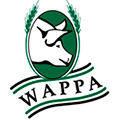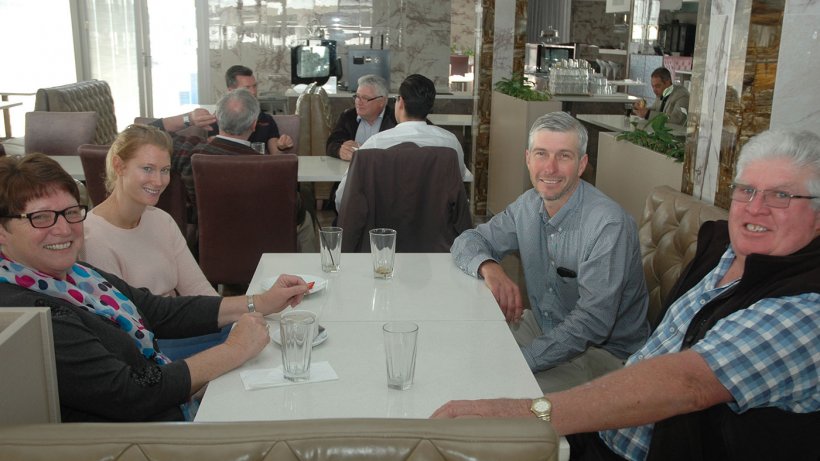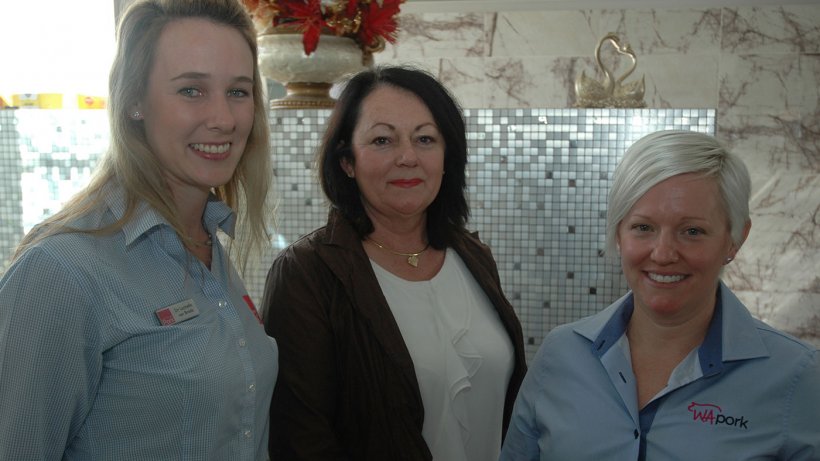
West Australian Pork Producers Association President, Dawson Bradford, highlighted the need to find new markets in Asia which are prepared to pay a premium for WA pork, in his report to WAPPA’s 2017 annual general meeting.

Meanwhile, he noted import protocols, which he believed should have been addressed years ago, were keeping Australian pork out of China, at least for now.
At the August 18 AGM, industry consultant Emalyn Loudon was re-elected to WAPPA’s Executive Committee, along with producer Torben Soerensen of GD Pork at Pinjarra and Dean Romaniello of Craig Mostyn Group. Their terms had expired due to the effluxion of time. Fellow Committee members are Graeme Dent of Bimbadeen Farm at Cuballing and Dawson Bradford of Hillcroft Farms at Popanyinning.

WAPPA’s AGM was part of a very successful 2017 industry day at the International On The Water Hotel at Ascot, attended by producers, industry stakeholders, sponsors and speakers.
Speakers included Roger Campbell of Pork CRC, Deb Kerr and Lechelle van Breda, both of APL, Anne-Maree O’Callaghan of Strategy Matrix, Ruel Pagoto of Boehringer Ingelheim, Fadi Malek of Global Skilled Employment Services, Ron Penn of Linley Valley Pork, Chris Brennan of MSD Animal Health, Bruce Hunt of Zoetis and Christopher Tyson of Bunge Australia.
Addressing the industry day and in his report to the AGM, Mr Bradford pointed out that although prices in the west had come under pressure this year, WA producers had not been affected as much as their contemporaries in eastern Australia.
“There has been a strong growth in sow numbers in the west for a few years and we must be allowed to grow our industry or it will contract under the ever increasing costs and regulations,” he said.
On a positive note, grain prices were starting to fall and he hoped this trend would continue as production forecasts increased.
WAPPA Executive Officer, Jan Cooper, in her report, said that while WA’s pork industry was facing significant cost pressures at the market price level and cost of production, WAPPA could help mitigate this pressure by working with government and NGOs to ensure that policies affecting pork producers were sympathetic to the industry’s sometimes unique needs and demands.
“On the face of it, the obvious policies WAPPA would try to influence would be in the areas of environment, animal welfare, transport and employment, but we also must engage in red tape reduction, which has become a policy area in itself,” she said.
“WAPPA is investing resources in being well informed of the full extent of policy developments across a range of areas, so that it can represent members’ interests.”
Ms Cooper also addressed biosecurity; environment and planning; APL delegates forum; animal welfare; communication; building networks; R&D and governance.
Roger Campbell focused his Pork CRC update on Pork CRC’s transition to APRIL; eating quality; sow behaviour; welfare; antibiotic resistance and cost of production.


Lechelle van Breda, who recently completed her Pork CRC supported PhD on E coli, covered a number of APL’s activities, including a big focus on antibiotic resistance.
Bunge Australia WA Regional Manager, Christopher Tyson, in his presentation titled ‘An insider’s view of the grain market’, predicted local grain prices would be driven by August/September rainfall and the Australian dollar. He further predicted a national wheat harvest of 23.5 million tonnes
Pork Innovation WA Chairman, Rob Wilson, in his report, advised that while PIWA was still accessing the Medina Research Station, PIWA’s long term future relied on finding alternative research facilities and funding security to continue research on behalf of WA’s pork industry.
“Strong producer sentiment is critical for PIWA, because without a real need, PIWA will finalise the transition away from state funded R&D before being dissolved and letting R&D fall back to interested commercial players,” Dr Wilson said
Addressing the somewhat sensitive issue of pork price, Craig Mostyn Group GM Meat & Livestock, Ron Penn, surprised some in the audience by revealing that with the drop in price for pork, Australian pork was beginning to replace imported pork in manufacturing.
Current scenarios he highlighted included:
- Eastern States pork flooding WA and Singapore markets.
- Oversupply and increased imports depressing prices.
- Export pork price reduced from ES and Sarawak supply into Singapore.
- Economic conditions reducing the shopping dollar.
- Free range demand decreased, adding 500 pigs per week to sow stall free.
Predictions for the future included:
- Surplus to remain. 5.3m pigs by March 2018 (APL).
- Price pressure to remain.
- To his knowledge no producers were reducing production.
- Free Range uncertainty.
About 130 people attended WAPPA’s industry dinner in the evening, at which
14 graduates from Gingin, Esperance, Mt Barker, Narrogin and Cuballing were presented with their Certificate 111 in Agriculture (Pork Production) by Chair of Pork Industry Training WA, Dr Bruce Mullan.
August 24, 2016 - West Australian Pork Producers Association


